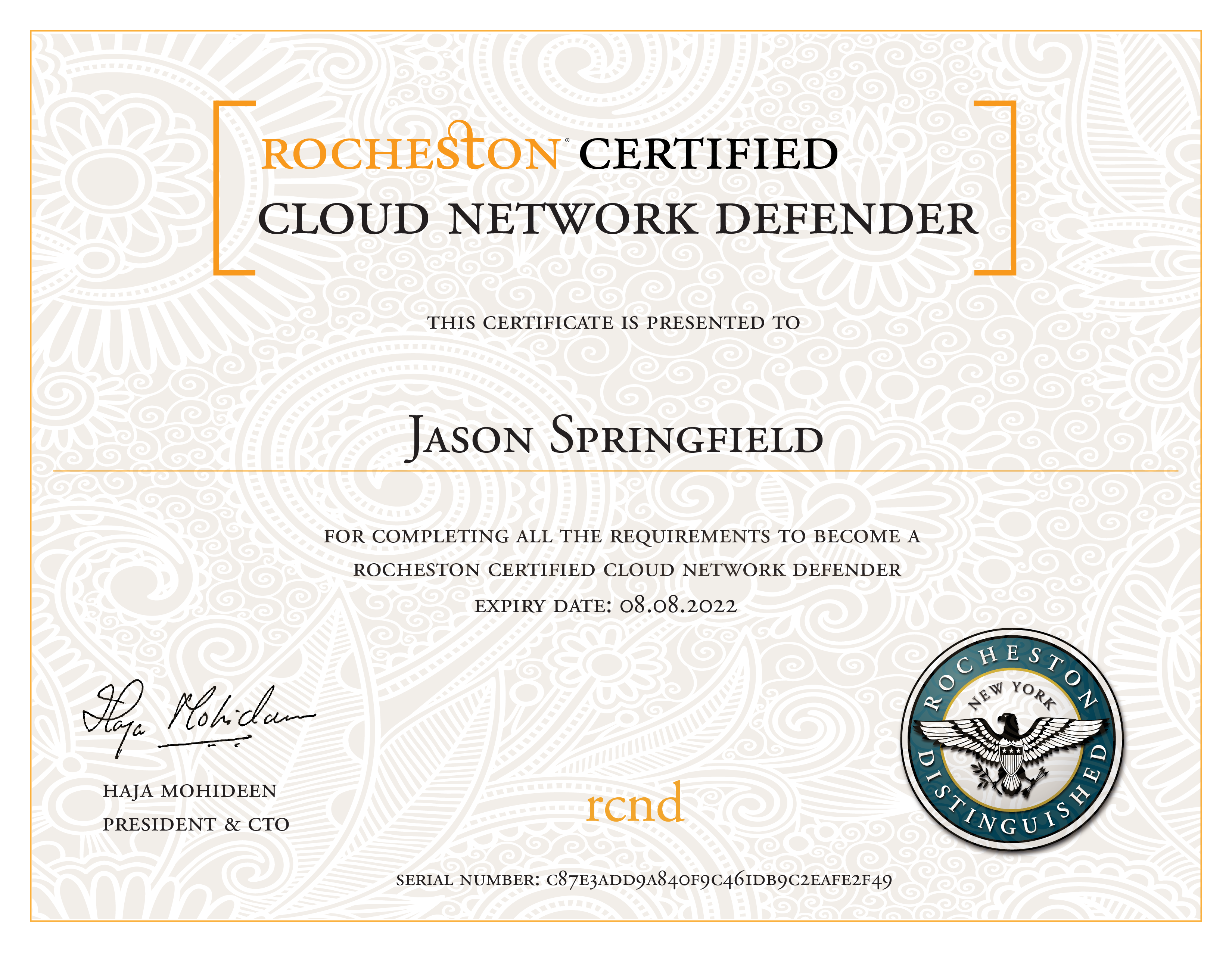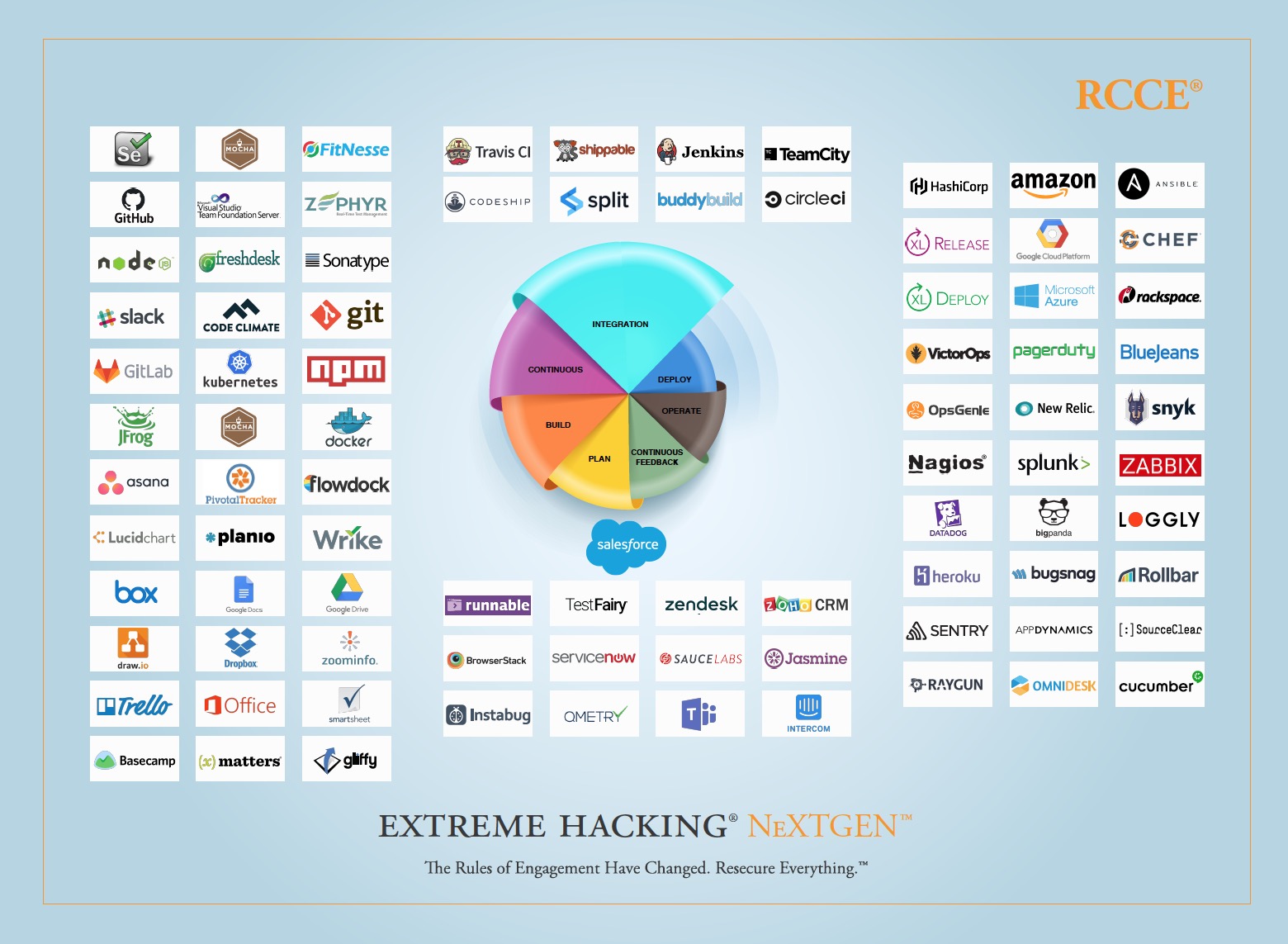What are the technologies applicable to Cloud Security functionalities?
With increase in the number of organizations hopping onto the Cloud for their business needs, it becomes mandatory for the network administrators to ensure the technologies for cloud security are up-to-date. For accurate cloud security configuration including set of controls and policies, there are several technologies that help:
- Hardware authentication
- User-behaviour analysis
- Data loss prevention tools
- Deep learning
Syn cookies and restricting the number of users in the cloud system, would help in preventing distributed denial of service (DDoS) attacks. The secure socket layer (SSL) technology can help in overcoming the ‘man-in-the-middle’ attack in the cloud system network. Multi factor authentication offered by the Amazon Web Services (AWS) is the best technique for cyber data security.












